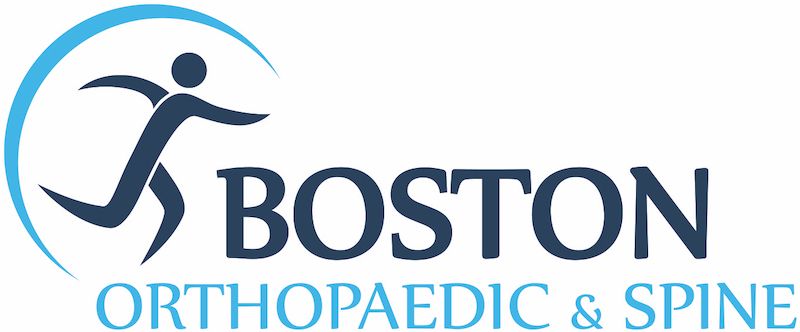Why Does My Foot and Ankle Hurt?
Common Causes & Treatment Options for Chronic Foot and Ankle Pain
All blogs reviewed by Physicians for accuracy.
To gain a clearer insight into potential foot and ankle issues you might be facing, it can be helpful to consider the nature of their onset. Typically, conditions can be broadly categorized based on whether they resulted from direct physical impacts—such as accidents or falls—or from non-impact related factors like overuse or chronic medical conditions. Understanding this distinction can often illuminate the type of elbow issue at hand.
Remember, the following are potential conditions and treatments that are common. A trusted orthopedic provider specializing in foot and ankle injuries (link to providers and elbow pages here) should be consulted for an accurate diagnosis and treatment plan. If you need an appointment, please click this link here.
Let’s first look at impact-related conditions.
Impact-Related Conditions:
Ankle Fractures: These are often the result of an accident or fall where the ankle twists or rolls, or the foot lands awkwardly. Chronic pain can develop if the fracture doesn’t heal properly.
Treatment: Treatment usually involves immobilization with a cast or splint. More severe fractures may require surgery to realign the broken bones, followed by physical therapy to restore function.
Ankle Sprains: These are common injuries often caused by a fall or a sudden twist of the ankle.
Treatment: Rest, ice, compression, and elevation (known as the RICE method) are usually the first steps in treatment. Physical therapy exercises can help restore strength and prevent future sprains.
Achilles Tendon Rupture: This is often an injury from sports or a fall and involves a tear in the tendon that connects your calf muscles to your heel bone.
Treatment: Treatment may include immobilization with a cast or boot, physical therapy, or in more severe cases, surgery.
Foot Fractures: There are many bones in the foot that can be fractured during a fall, accident, or high-impact activity.
Treatment: Many foot fractures will heal with rest and immobilization, but more severe or complex fractures may require surgery.
Non-Impact Related Conditions:
Plantar Fasciitis: This is a common cause of heel pain that involves inflammation of the band of tissue (the plantar fascia) connecting your heel bone to your toes. It’s often due to strain injury causing micro tears to the ligament.
Treatment: Rest, ice, pain relievers, and exercises to stretch the plantar fascia and Achilles tendon often help. More severe cases may benefit from physical therapy or orthotics.
Achilles Tendonitis: This condition is an overuse injury of the Achilles tendon, the band of tissue that connects your calf muscles at the back of your lower leg to your heel bone.
Treatment: Rest, ice, over-the-counter pain relievers, and exercises to strengthen the calf muscles are usually helpful. In severe cases, physical therapy or surgery may be needed.
Bunions: These are bony bumps that form on the joint at the base of your big toe, often caused by wearing shoes that are too tight or high heels that push the toes forward.
Treatment: Changing footwear, adding padding and taping, or taking pain relievers can help. If these measures don’t help, surgery may be necessary.
Hammer Toe: This condition, often caused by wearing shoes that are too tight, causes your toe to bend or curl downward instead of pointing forward.
Treatment: Changing footwear, doing toe exercises, using splints, and taking pain relievers may help. Surgery may be needed for severe cases.
Arthritis: This condition, which involves the breakdown of cartilage in the joints, can affect the foot and ankle, leading to chronic pain.
Treatment: Treatment may include lifestyle changes, physical therapy, over-the-counter pain relievers, and sometimes surgery.
Remember, these are potential conditions and treatments. A trusted orthopedic provider specializing in foot and ankle conditions (link to providers and podiatry pages here) should be consulted for an accurate diagnosis and treatment plan.
